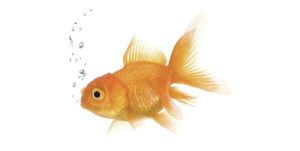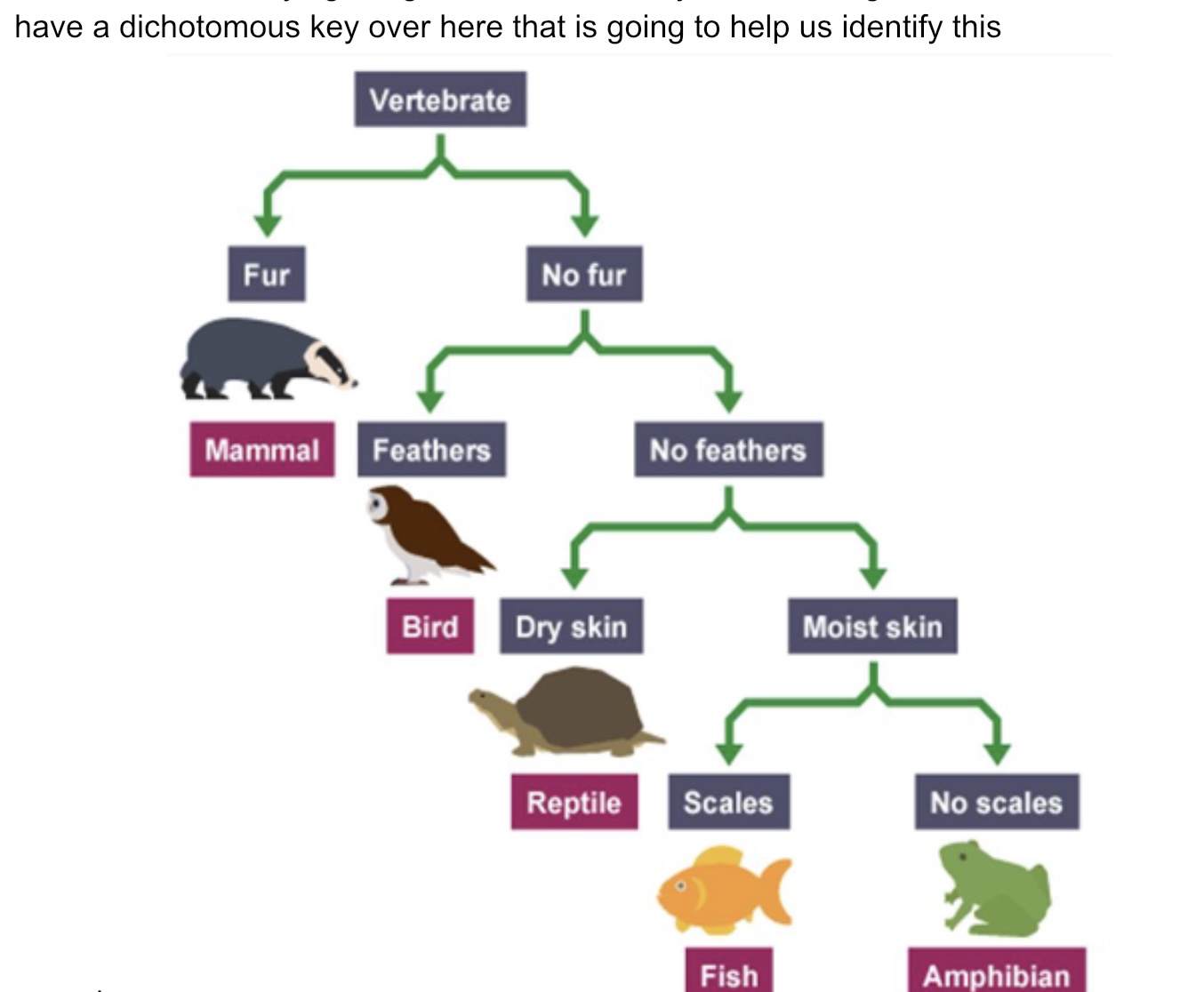- A dichotomous key is a process of identifying organisms where certain organisms are divided into two groups repeatedly until you find the identity of the organism you need.
[Please watch the video attached at the end of this blog for a visual explanation of this topic]
In this article we will be addressing perhaps one of the easiest areas in IGCSE Biology, and therefore, is an area where you can easily score marks. (sounds wonderful doesn’t it??)
Dichotomous Keys is a subtopic under Characteristics and Classification of Living Organisms. To read up on the other sub-topics under this area, you can click here!
What is a Dichotomous Key?
A dichotomous key is a method or process used to identify organisms based on a series of questions about their features. The word “dichotomous” hails from late Latin from the Greek word dikhotomos (from dikho- ‘in two’ + temnein ‘to cut’) + -ous. This basically means that it is “divided into two parts.” This is why dichotomous keys give us two descriptions or ask us two questions.
If for example, you have a group of different organisms and you wish to identify one of them. The scientific tool that you would use in this instance is a dichotomous key. This would take you through a series of questions, and ultimately help you identify the organism that you pick out.
Dichotomous means you are given two descriptions at a time and you are asked to choose the most appropriate description for your organism.
How does one use a Dichotomous Key?
Let’s imagine that you are trying to identify a particular organism, and you are given two descriptions at a time, where you will have to choose one description/question that best suits the organism you wish to identify.
Once you choose one description/ question as your answer, then each choice would lead you on to another two descriptions.
This process will keep repeating with two different descriptions or questions at each turn until you come to the final two descriptions/ questions. Out of these two final descriptions/questions, once you choose the one that is most appropriate for the organism that you have in mind or need to identify, that will then lead you to the identity of your organism.
Therefore, as a recap of how to successfully navigate a key, this is what you need to do:
- Pick a single organism to start with.
- Follow the statements from the beginning.
- Ensure that you pick the choices that correspond most closely with the organism you wish to identify.
- Once you come to the final description/ question, repeat the 3rd step as above and find the name.
This is simply the theoretical aspect of dichotomous keys.
Let us look at an example to see if we can use the theory that we learnt in practice.
Example:
Given here is a simple dichotomous key that includes a few animals and the purpose of a dichotomous key is to identify an unknown organism.
Let us imagine that there is an organism that is looks like this:

(picture taken from Styles at Life: https://stylesatlife.com/articles/types-of-fishes/ )
(If it looks like a fish, swims like a fish and sounds(feels in this case) like a fish, one might think that it must be a fish?). For a moment, let us give ourselves the benefit of doubt and imagine that we do not know what this organism is.
We are therefore trying to figure out and identify what this organism is, and we have a dichotomous key over here that is going to help us identify this organism.

When reading a dichotomous key, you must always start at the top of the key.
The animal that we must identify is a vertebrate animal, and we must look at the first two descriptions given to us: whether our animal “has fur” or whether it has “no fur”. When we look at this organism, we can see that it does not have fur, so we choose “no fur” as the appropriate description.
Once this answer is chosen, this leads us to another set of descriptions: whether this animal “has feathers” or has “no feathers”. When observing the organism we wish to identify, we can see that it does not have feathers and we therefore must choose “no feathers” as the correct description.
This then leads us to yet again another set of descriptions: whether our animal has “dry skin” or “moist skin”, and as seen, the animal most definitely does not have dry skin, therefore we choose “moist skin” as the correct answer..
The final two descriptions test us on whether our animal has “scales” or is without them, as “no scales”. When looking at the organism we need to identify, we see that it does have scales, and therefore, we reach the conclusion that this unknown organism is a fish.
Using the dichotomous key as mentioned, we have now found out the identity of this unknown organism.
When applying the theory of dichotomous keys in practice, we can see that it is pretty simple. If you choose the correct answer at each stage, this goes on and on until you have identified the organism.
Making Dichotomous Keys easier
Dichotomous Keys are a sure question in each paper, and the difficulty levels vary, but as long as you are paying attention, it is quite easy to arrive at the correct answer. .
The key to answering questions on dichotomous keys (pun intended) is to practise as many as you can find. Some questions can be found here as well, and you can time your answers to see if you can stick to the time limit given.
If you are struggling with IGCSE revision or Biology in particular, you can reach out to us at Tutopiya to join revision sessions or find yourself the right tutor for you.
Watch the video below for a visual explanation of dichotomous keys and make sure to attempt the quiz once you’re done!



